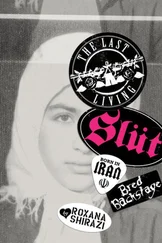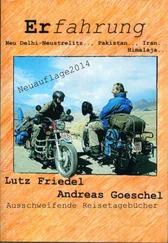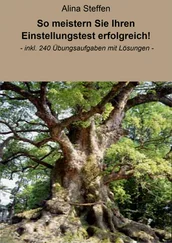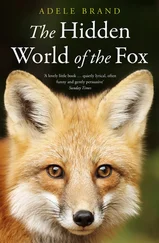On a glass table in the living room there are a couple of apples. Azim picks up one and points to different places as if it were a globe: “Iran. Germany. U.S.A.” The green apple looks the same all the way around. “What are we people? Just tiny grains of sand,” says Azim.
Then he asks me to cut him an apple in small pieces. To show why he reaches inside his mouth and takes out an artificial lower jaw. “Karbala 5. A tank shell. Landed next to me. Killed some friends, sent stone chipping flying into the air, and one of them hit me in the mouth. Since that day in spring 1987, Azim gets anxiety attacks if there are sudden loud noises. Thunderstorms are hardly bearable. Operation Karbala 5 was the biggest battle of the war: 65,000 Iranians died in an unsuccessful attempt to storm the port city of Basra.
“We’re worried about him,” says Yasmin. “He is more sensitive than the others, and his lungs are damaged by the toxic gas, but there’s no money for treatment. It’s good to see him like that with his daughter.” The difference between Azim and the two model veterans at the battlefield for tourists is huge, not only because he probably weighs half as much as Sorkheh or Mahmoudi, but also because he doesn’t seem to be playing as well-practiced a role. The war ruined him—you can feel that.
Besides that, what he tells us now makes him more of a war hero than the other two. “I was a sniper,” he says. “One night we were recceing an enemy camp. One commander, two other soldiers, and me. We saw a couple Iraqis in front of their tents. ‘Shoot them,’ said my commander. I crawled forward a little, got my rifle into position. Instead of aiming at the men, I set my telescopic sight on one of their weapons, and pulled the trigger. They were startled and jumped up. I waved at them to quickly get lost, and they thanked me with a hand signal.”
While we are talking Susan lays a plastic sheet with a tropical island motif on the floor and brings in one delicacy after the other. Ghormeh sabzi , a traditional lamb stew with beans and seven herbs, grilled chicken, rice with a typical golden brown crust, and homemade yogurt and salad. In view of this feast I decide never to take the phrase “I wish I could offer you more” seriously again while in Iran.
Azim is no longer as talkative, his gaze often in the distance. Only once, on receiving a text message, does he hint at a smile.
“What’s up?” asks Yasmin.
“A friend’s just sent me a joke.”
“Come on, then.”
“It’s more a piece of advice. If your car breaks down, jump up on the roof and crap on it. Why? Because Rouhani crapped on Iran and Iran works!”
In backgammon, fifteen black checkers fight against fifteen white checkers. Whoever first bears off the last checker from the home board is the winner. If two or more checkers are on one point, then they are unable to be taken. If one checker is alone on a point it is vulnerable. Black and white, alone weak, together strong—the game, which was invented in Iran five thousand years ago, is a pretty good metaphor of war. “It’s 50 per cent head and 50 per cent luck,” says Azim, and I ask myself if he would say the same about his war service. He sets up a game on a handmade wooden board. Two checkers on point 1, five on point 12, three on point 17, and five on point 19. He plays against Yasmin, aggressively banging his checkers on the wooden board. Within a few minutes he has effortlessly won three times in a row. “He didn’t make a single mistake,” says Yasmin admiringly. “Besides, he got doubles slightly more often than me.”
• • • • • • • • •
THE WAR VICTIMSof Kermanshah are buried in a huge soldiers’ cemetery. Hundreds, thousands of polished gravestones, like toppled black dominoes on the stony ground. They are roofed, and every roof is shaped like a basketball court. There are at least ten such gigantic roofs. The cemetery is open at the sides. The date of birth, date of death, the soldier’s name, and the father’s name are written on the gravestones, and most of them have portraits of the victims. Where there are no portraits you can find a stylized dove with wings pointing upward. Its silhouette resembles a tulip, the flower of martyrs. Iranians believe that when a soldier dies in battle a tulip grows from his blood.

Azim stops at a grave. “A cousin of his. He was just seventeen,” explains Yasmin.
“All these men. And children. They all died for nothing,” says Azim.
A man with a high-pressure cleaner spraying the neighboring mass graves shouts something at us.
“We should go,” says Yasmin. “He said if the secret service people see us, they’ll arrest us.”
Azim begins a discussion, saying that he’s a veteran and we are his friends. Then we go back to his Paykan. Two men approach us on a motorbike, stop next to the driver’s door, and ask us what we are doing here. Azim repeats that he fought in the war, that he has dead relatives here, that we are his friends, then we drive off.
“During the war, lists were always being distributed with the names of the dead,” says Yasmin. “One day Azim’s name appeared on one of them. His family gathered at home all wearing black and mourning. The next day they discovered that it was a mix-up.”
We drive up to a roundabout near a mosque adorned with a gigantic mosaic Ayatollah Khomeini portrait, then on to a highway leading out of the city. The mountainous landscape all around combines incredibly beautiful nature with incredibly ugly factories.
Often, Azim looks nervously in the rear-view mirror. With every mile he becomes more and more quiet. At the next gas station, however, is the next unpleasant surprise. Gas has become almost 50 per cent more expensive overnight: instead of 2,700 toman a gallon, it now costs 3,800 toman. “The government sets the price,” says Yasmin. “If gas becomes more expensive, everything becomes more expensive. Great. Just great.”
During the journey Azim tells the story of Farshad and Shirin. I hear it for the second time. We are on the way to Mount Bisotun, where the brave stonemason was supposed to have hewn his tunnel as a token of his love.
We pay for the tickets at a small kiosk—fifteen thousand toman for tourists and two thousand for locals—the usual fee for Iranian attractions. The foreigner tickets are apparently sold out, and the ticket seller tears off eight local tickets to arrive at roughly the right price. Quite a pile of paper, which conveys the feeling of having paid too much far better than mere figures.
The footpath runs below a cliff towering above for more than 3,000 feet. It winds past a 2,500-year-old bas-relief depicting King Darius with captured enemies, hands tied and ropes around their necks, and a statue of Hercules looking strangely apathetic. Both are fantastic works of art impressively rich in detail, but it is a bare cliff face, 600 feet wide and 120 feet high, that attracts just as much attention. Dark vertical stripes show where the rainwater runs off, and a couple of bushes defy gravity. From an overhanging ridge you can see that the wall is not natural but has been hewn out of the rock face with enormous effort. It is called Farhad Tarash and according to legend is the work of the lovestruck stonemason. It does look like an awful amount of work, chippping away more than 52,000 cubic yards of limestone in his attempt at capturing the heart of Shirin. Historians have a less romantic explanation: it was probably intended as the base for a monumental relief but was canceled for reasons unknown.

Today’s descendants of Farshad and Shirin wear climbing belts with carabiners: a cheerful couple, roped up, are taking turns at leading the way up the rock face. I’m fairly certain that this is better for their relationship than digging a tunnel through the cliff
Читать дальше
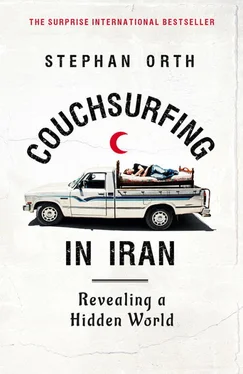



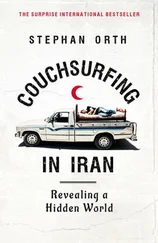
![Stephan Orth - Behind Putin's Curtain - Friendships and Misadventures Inside Russia [aka Couchsurfing in Russia]](/books/415210/stephan-orth-behind-putin-s-curtain-friendships-a-thumb.webp)
